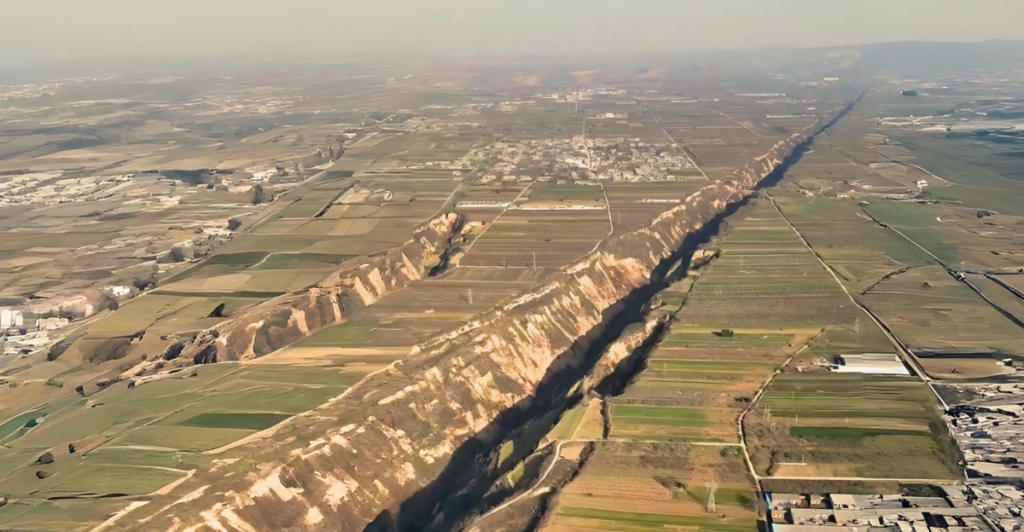
Recent studies have revealed that earthquake fault zones are more extensive than previously believed. This discovery challenges long-held assumptions about seismic activity and its potential impact on various regions.
Traditionally, fault zones were thought to be narrow, well-defined areas. However, new research indicates that these zones can span much wider areas, increasing the regions susceptible to seismic events.
This revelation underscores the importance of re-evaluating building codes, emergency preparedness plans, and public awareness campaigns to account for the broader reach of earthquake fault zones.
Understanding Fault Zone Widths
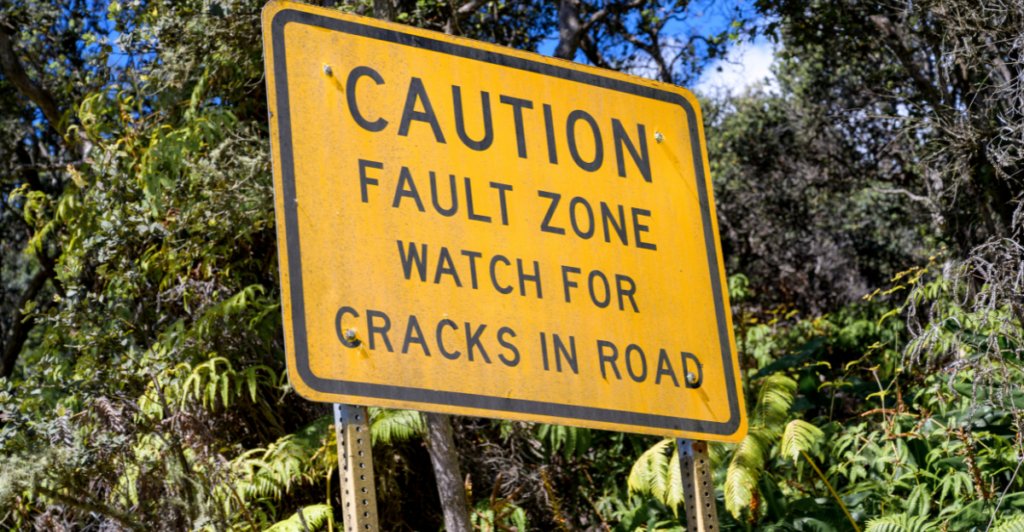
The width of an earthquake fault zone refers to the area affected by the movement of tectonic plates. Previously, these zones were considered to be relatively narrow.
However, recent findings suggest that fault zones can be several kilometers wide, encompassing areas far beyond the immediate vicinity of the fault line. This expanded understanding has significant implications for infrastructure and community safety.
Communities previously deemed safe may now fall within these broader zones, necessitating a reassessment of risk and preparedness measures.
Implications for Urban Planning
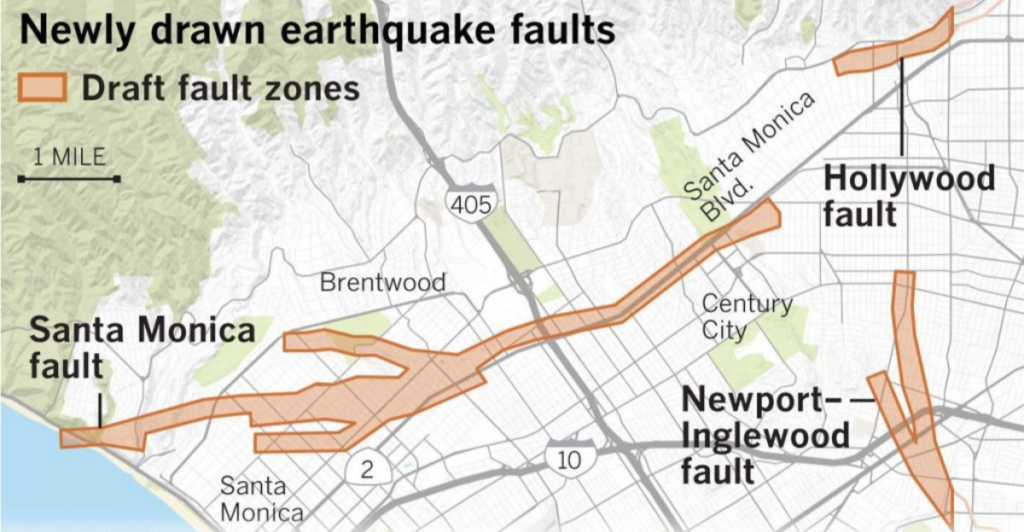
Urban areas situated near fault lines must reconsider their development strategies in light of these findings. Buildings, roads, and other infrastructure may be more vulnerable than previously thought.
City planners and engineers need to incorporate the possibility of wider fault zones into their designs, ensuring structures can withstand potential seismic activity. This proactive approach can mitigate damage and save lives.
Additionally, emergency services should update their response plans to cover the expanded areas now considered at risk.
Case Study: The Milnerton Fault

The Milnerton Fault in South Africa serves as a pertinent example of the challenges posed by wider fault zones. Historically, this fault has been associated with significant seismic activity.
Recent assessments indicate that the fault zone may extend further than previously mapped, potentially affecting more communities in the region. This realization calls for heightened vigilance and updated safety protocols.
Local authorities must engage in comprehensive risk assessments and community education to address the expanded threat.
Global Perspective on Fault Zones
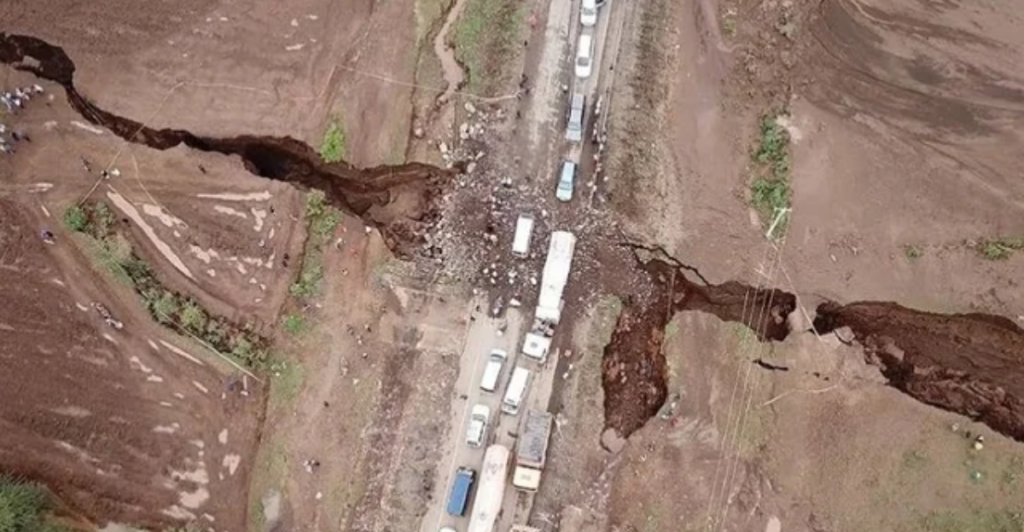
The phenomenon of wider fault zones is not isolated to South Africa. Globally, regions previously considered low-risk are now being reclassified due to these new insights.
Countries situated along major tectonic boundaries must revisit their seismic hazard maps and building regulations. This global reassessment is crucial for enhancing resilience against potential earthquakes.
International collaboration and data sharing can facilitate a more comprehensive understanding of fault zone dynamics worldwide.
Technological Advancements in Seismology
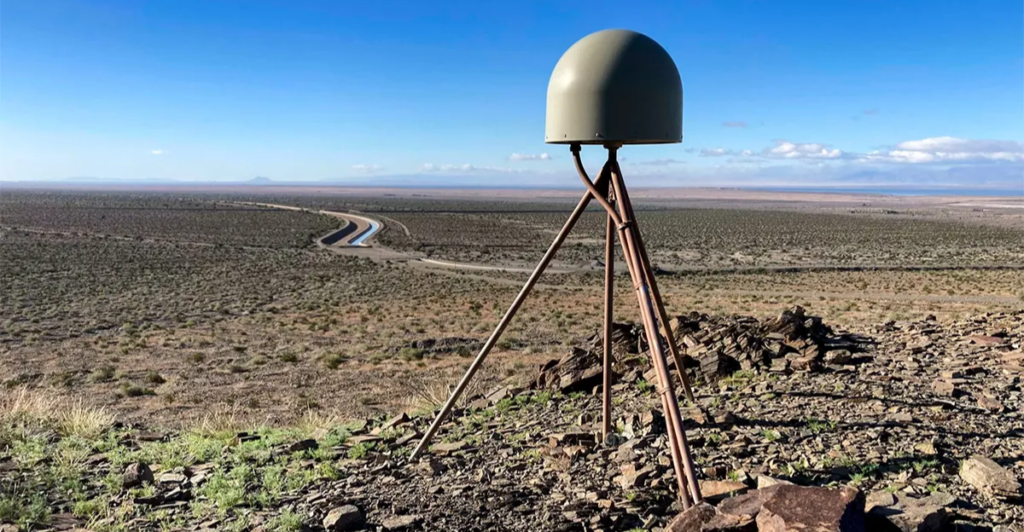
Advancements in technology have played a pivotal role in uncovering the true extent of fault zones. High-resolution imaging and satellite data allow scientists to observe and analyze tectonic movements with greater accuracy.
These tools have revealed complexities in fault structures that were previously undetectable, leading to a more nuanced understanding of seismic risks. Continued investment in seismological research is essential for refining these insights.
Such technological progress empowers communities to make informed decisions regarding safety and preparedness.
Community Preparedness and Education

Public awareness and education are critical components of earthquake preparedness. Communities must be informed about the potential risks associated with wider fault zones.
Educational programs should focus on emergency response plans, evacuation routes, and safety measures to adopt during seismic events. Empowering individuals with knowledge can significantly reduce the impact of earthquakes.
Collaboration between government agencies, schools, and local organizations can foster a culture of preparedness and resilience.
Policy Implications and Recommendations
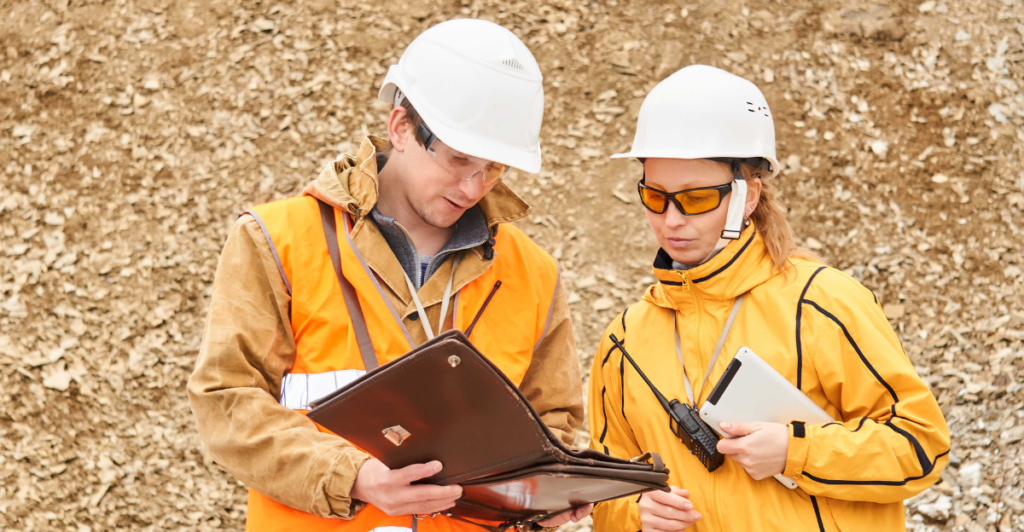
Policymakers must integrate the latest scientific findings into legislation and building codes. This includes revising zoning laws and construction standards to accommodate the broader reach of fault zones.
Allocating resources for retrofitting existing structures and developing new, resilient infrastructure is imperative. Such measures can significantly mitigate the damage caused by earthquakes.
Furthermore, establishing clear guidelines for emergency response and recovery can enhance national and local preparedness.
The Role of International Cooperation
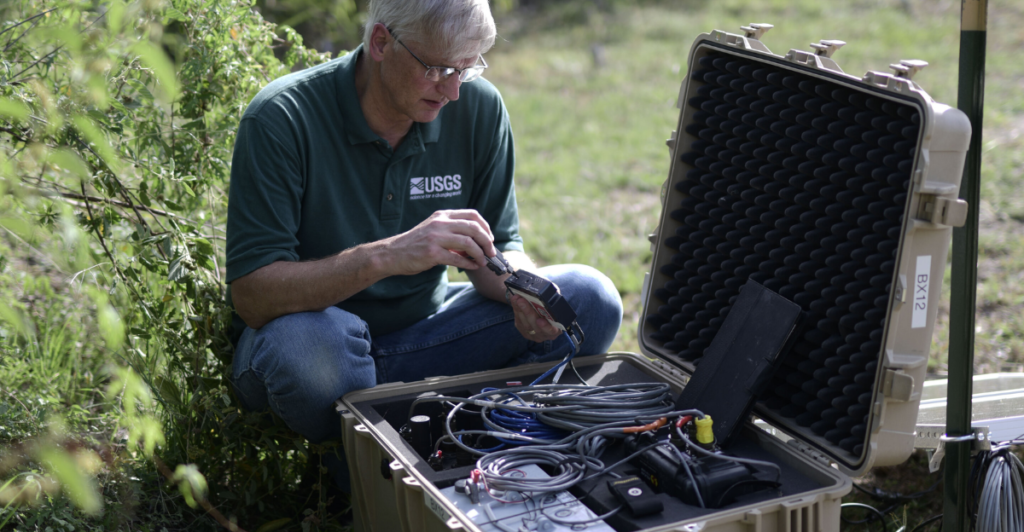
Addressing the challenges posed by wider fault zones requires a coordinated global effort. Sharing research, best practices, and technological innovations can accelerate progress in understanding and mitigating seismic risks.
International organizations and agreements can facilitate collaboration and resource allocation for countries in need. By working together, the global community can enhance resilience against earthquakes.
This collective approach ensures that advancements in seismology benefit all, regardless of geographic location.
Embracing a New Paradigm
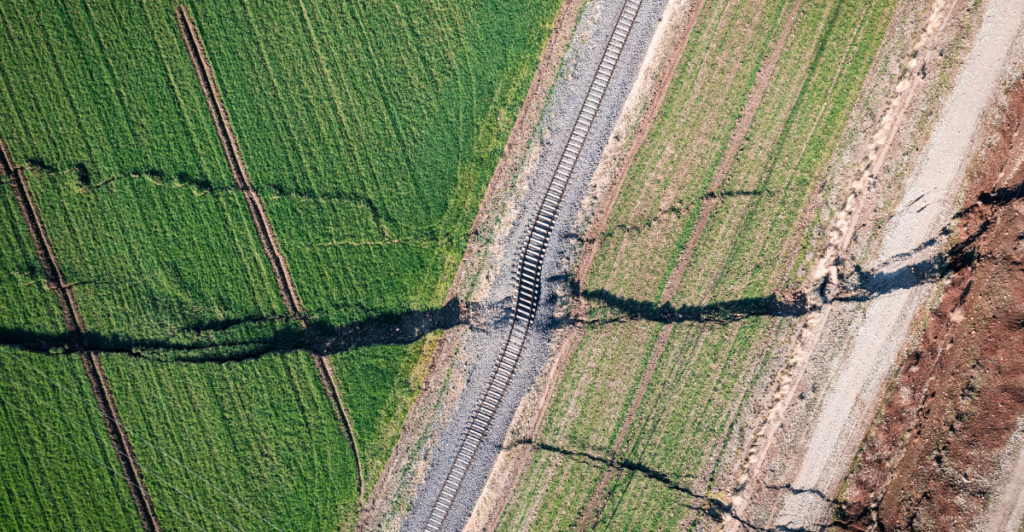
The revelation that earthquake fault zones are more expansive than previously thought necessitates a paradigm shift in how we approach seismic risk. Communities, governments, and scientists must collaborate to reassess and adapt to this new understanding.
Proactive measures, informed by cutting-edge research and technology, can significantly enhance preparedness and resilience. By embracing this new paradigm, we can better protect lives and infrastructure from the devastating effects of earthquakes.
It’s time to rethink our assumptions and take decisive action to safeguard our future.
Explore more of our trending stories and hit Follow to keep them coming to your feed!

Don’t miss out on more stories like this! Hit the Follow button at the top of this article to stay updated with the latest news. Share your thoughts in the comments—we’d love to hear from you!







